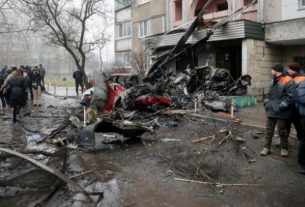BRUSSELS — The European Union on Monday trimmed its growth outlook for the eurozone in 2026, warning that rising global trade tensions and geopolitical uncertainty continue to cast a long shadow over Europe’s economic prospects, according to Hurriyet Daily News.
In its latest forecast, the European Commission projects the 20-nation currency bloc will expand by 1.2 percent in 2026, down from the 1.4 percent growth it predicted earlier this year. The downgrade reflects what Brussels described as the eurozone’s dependence on international trade and its vulnerability to escalating restrictions.
Europe’s “highly open” economy, the commission said, remains exposed to the ripple effects of tariffs, export controls and non-tariff barriers that have multiplied in recent years. Although recent U.S. trade agreements with partners, including the EU, have “alleviated some of the uncertainties,” officials warned that persistent policy volatility continues to weigh on investment and corporate planning.
“Tariffs and non-tariff restrictions could constrain EU growth more than expected,” the commission wrote in its statement, cautioning that the global environment remains fragile.
For the broader 27-country EU, the commission now expects 1.4 percent growth in 2026; slightly below the 1.5 percent forecast it issued in May.
Despite the more muted outlook, EU economic chief Valdis Dombrovskis struck an optimistic tone. “Even in an adverse environment, the EU’s economy has continued to grow,” he said, noting resilience in household consumption and improving labor markets across the bloc.
Inflation expectations were also revised. Brussels now anticipates eurozone inflation will reach 1.9 percent in 2026, up from its earlier projection of 1.7 percent. Inflation is expected to come in at 2.1 percent in 2025, edging close to the European Central Bank’s 2-percent target.
The commission said easing price pressures in food and services were being “counterbalanced by rising energy inflation,” which continues to complicate the ECB’s path toward policy normalization.





